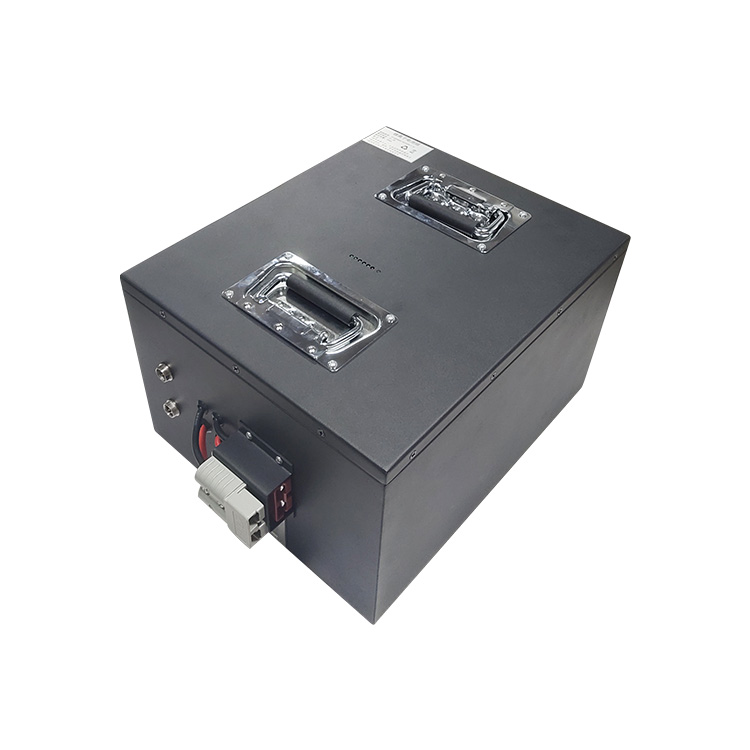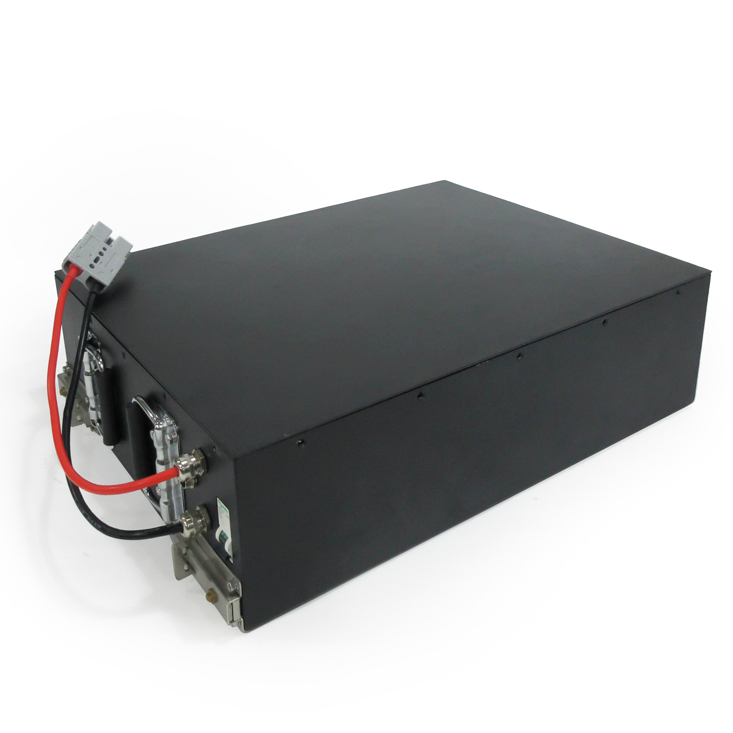Thermal Management Characteristics of Bms Battery
The popularity of electric vehicles and energy storage systems, battery Management System the importance of (BMS) is becoming increasingly prominent. Among them, battery thermal management technology plays a vital role in BMS. This article will discuss the characteristics of thermal management of BMS battery and introduce its key functions in monitoring, computing, communication, protection and control.
I. Monitor the running status of the battery pack
the battery thermal management feature of BMS is firstly reflected in the monitoring of the running state of the battery pack. Through real-time monitoring of temperature changes inside the battery pack by temperature sensors and monitoring of parameters such as voltage and current of the battery pack, BMS can fully understand the working status of the battery pack and provide data support for subsequent thermal management.
II. Protection function
the protection functions in the thermal management features of the BMS battery include various protection mechanisms such as charge/discharge overcurrent, charge/discharge overvoltage, over temperature, over pressure, current leakage, internal combustion, etc. When abnormal conditions occur in the battery pack, BMS can identify and take corresponding protective measures in time to ensure the safe operation of the battery pack.
III. Calculation and regulation
-
SOC, SOH, SOP and other parameters collection and calculation
through real-time collection and calculation of the charge state (SOC), health state (SOH), Power state (SOP) and other parameters of the battery pack, BMS can accurately evaluate the state of the battery pack, provides data support for battery thermal management. -
Active equilibrium and passive equilibrium
BMS supports two modes of active equilibrium and passive equilibrium. By regulating the energy distribution between battery cells, the energy balance inside the battery pack is realized, the utilization efficiency of the whole battery pack is improved, and the battery life is prolonged.
IV. Communication function
through communication with other vehicle systems, BMS realizes information interaction and data sharing with the vehicle control system, providing support for the intelligence and automation of the vehicle. At the same time, BMS can also exchange data with external devices through communication functions to realize remote monitoring and regulation of battery thermal management.
V. Computing platform MCU
the BMS computing platform adopts microcontroller units (MCU), which has the characteristics of high performance, low energy consumption, strong anti-interference capability and so on, and can meet the requirements of real-time monitoring and precise control of battery pack status.
VI. Application prospect
the characteristics of thermal management of BMS battery have a wide application prospect in electric vehicles and energy storage systems. With the continuous development of electric vehicles and energy storage systems, the thermal management technology of BMS batteries will continue to be optimized and improved to meet the requirements for the safety, stability and service life of battery packs, promote the sustainable development of electric vehicles and energy storage systems.
In terms of the overall structural design, the thermal management features of the BMS battery will continue to devote itself to improving the monitoring accuracy of the running state of the battery pack, the comprehensiveness of the protection function, the intelligence of calculation and regulation, the convenience of communication function and the efficiency of computing platform inject new impetus into the development of electric vehicles and energy storage systems.
 Dongguan Juneng New Energy Technology Co., Ltd.
Dongguan Juneng New Energy Technology Co., Ltd.
 137 5142 6524(Miss Gao)
137 5142 6524(Miss Gao)
 susiegao@power-ing.com
susiegao@power-ing.com
 Xinghuiyuan High tech Industrial Park, Dalang Town, Dongguan City, Guangdong Province
Xinghuiyuan High tech Industrial Park, Dalang Town, Dongguan City, Guangdong Province













 Yue Gong Wang An Bei No. 4419002007491
Yue Gong Wang An Bei No. 4419002007491